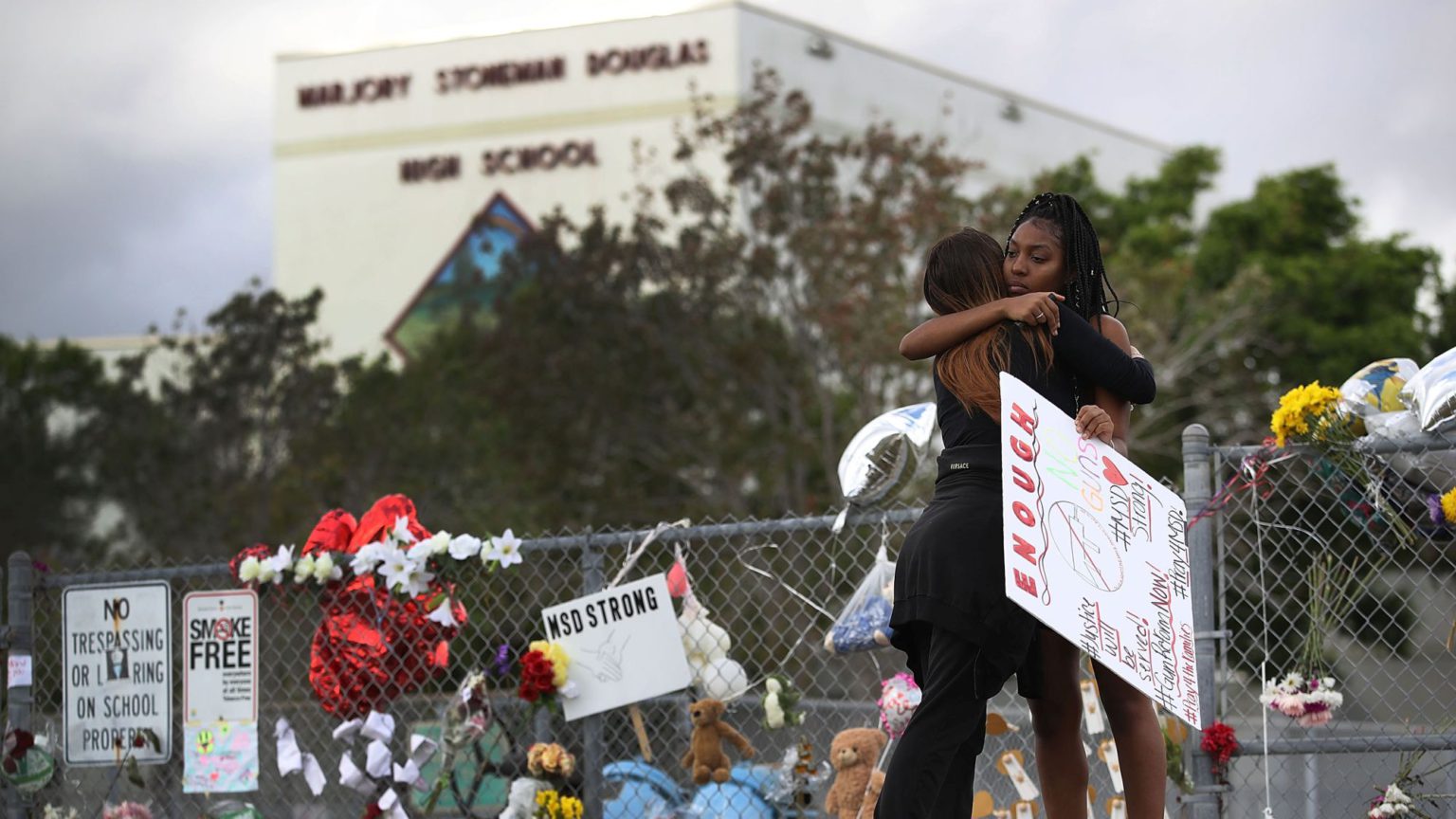
The truth about Parkland
New investigations reveal the cowardice and incompetence of police and local officials.
It’s nearly a year since the deadly shooting at Marjory Stoneman Douglas High School in the town of Parkland in Florida. Many people today immediately associate the Parkland shooting with the March For Our Lives rally and the start of a new gun-control movement, which was fronted by student activists from the school. As a Vox writer recently noted, Parkland ‘may have caused a longer-term shift in America’s gun politics’ towards more controls.
Like Vox, much of the media have moved on from the events on that tragic day, which left 17 students and staff dead, to focus on the political implications, which they think are obvious – America needs to control guns. But we shouldn’t move on just yet, because there hasn’t been a proper public reckoning with what happened on that day. Indeed, this desire to avoid looking too closely at the details of the Parkland shooting, and instead jumping to talk about gun-related deaths generally, began almost immediately after the attack. Relatively few have since stopped to ask whether the facts behind the shooting really support the argument that gun access was to blame.
Almost a year on, it is worth revisiting Parkland. One reminder of the tragic events came last week, when Florida’s governor, Ron DeSantis, suspended Sheriff Scott Israel over his police department’s botched response to the shooting. We also now have the benefit of investigative reports and other insights released in the past few weeks: the report of a Florida state commission; a retelling of the events at Parkland in the Sun-Sentinel newspaper, ‘Unprepared and Overwhelmed’; a new documentary, Parkland: Inside Building 12; and a forthcoming book by the father of one of the victims, details of which have been in the news.
In one sense, the answer to what happened is no mystery at all: the Parkland shooter, Nikolas Cruz, is responsible for the killings. But, as the latest reports reveal, the police, school officials and other authorities had numerous opportunities to intervene to try to stop Cruz, but didn’t. While there were many acts of heroism on the day itself, there were also police and other officials who refused to act, out of cowardice. And even before the fateful day, too many adults looked the other way rather than address the problems with Cruz. Those who were supposed to be in authority have to bear some responsibility, too.
The cowardice of police officers and school staff
We knew from reports emerging after the 14 February attack that armed police had failed to confront Cruz, but the full details of their incompetence and cowardice are worse than first thought.
On that afternoon, Cruz was dropped off by an Uber at the school, and walked into the school with a rifle bag and a backpack. Outside, a campus monitor, Andrew Medina, spotted Cruz, knew he was carrying a gun bag, and knew Cruz as ‘Crazy Boy’. Medina radioed to tell another monitor in the building, but he did not pursue Cruz himself. He later said ‘something inside told me not to approach him’. The second monitor, David Taylor, started to follow Cruz in the school, recognising him as ‘someone they had previously discussed as being a potential school shooter’, but then walked away from him (later claiming that he was going to intercept him). Hearing gunshots, Taylor hid in a janitor’s closet, and did not notify others or set off a ‘Code Red’ alarm. Other monitors – Andrew Feis and Chris Hixon – acted more courageously than Medina and Taylor, and charged Cruz, but it cost them their lives.
While these two campus monitors were unarmed, the school also had an armed policeman (known as a school resource officer) on the site, Deputy Scot Peterson. Once in the building, Cruz pulled a fire alarm, and, as students spilled into the hallways thinking it was a fire drill, he started shooting them indiscriminately. Hearing gunfire, Peterson radioed to say ‘possible shots fired’ in the building, but he did not enter. Instead, he took cover, and called for an intersection to be cordoned off and a school lockdown. Four more Broward County deputies arrived on the scene, and heard gunshots, but remained in their cars. It was later revealed that Cruz used a relatively small magazine (six shots), and paused often to reload; it’s possible that during those pauses he could have been stopped – if police were there.
Six minutes after he began his deadly assault, Cruz dropped his rifle, left the school and ran across campus. The police thought he was still inside. Peterson told other deputies over the radio to stay out of the school. Police from another force, Coral Springs, arrived, and a Broward cop told them: ‘Don’t go in.’ They rightly ignored this advice, but it was too late. It was not until five minutes after Cruz had left that the first officer went into the building.
Prior training instructed police to rush towards gunshots, but that did not happen in Parkland on that day. No command post was immediately established – again, in contravention of training. It was not clear who was in charge, just chaos. After scrambling around and discovering Cruz had escaped, the police finally apprehended Cruz in town, over an hour after he started his rampage.
We will never know if police and school staff could have stopped Cruz on that day, but there was a good chance that they could have at least saved some lives, and it’s sickening that they didn’t even try. The poor response by police raises disturbing questions not only about their training and preparedness, but also their spirit.
Failure to read the warning signs
Yet, whatever mistakes were made on the day, to understand the full story behind the Parkland school shooting we also need to look before the tragic events of Valentine’s Day last year. Just as frustrating as the police’s ineptitude is the authorities’ failures to address the multiple warning signs that Cruz presented years before his attack.
Cruz evinced behavioural and mental-health issues for many years before his shoot-up. He was classified as ‘developmentally delayed’ as a toddler, had a long discipline record from middle school on, and was widely known as disturbed. Psychiatrists recommended placing Cruz in a residential treatment facility in 2013, and it’s not clear why that didn’t happen. Cruz’s mother pleaded to Henderson Behavioral Health, the county’s largest mental-health provider, to institutionalise her son, but it refused repeatedly. Instead, it recommended Cruz develop ‘coping skills such as reading magazines, watching TV, fishing and spending time with pets’, according to the health centre’s records.
School officials knew well that Cruz had serious problems and was potentially dangerous. He was held back twice, and was frequently transferred between schools. He vandalised the school, tossed furniture across classrooms, brought knives and bullets to school, and threatened to kill teachers. Eighteen months before his massacre, staff were so concerned about his violent tendencies and fascination with guns that they banned him from practicing shooting skills with the junior officer corps, and prohibited him from carrying a backpack – yet they still let him attend classes, until he was expelled in 2017.
Was Broward county school district too lenient with Cruz? In 2013, following Obama administration pressure to reduce racial disparities in suspensions and expulsions, the district adopted a new policy to limit police arrests at school. The Broward programme, called PROMISE (Preventing Recidivism though Opportunities, Mentoring, Interventions, Support and Education), meant that even felonies such as weapons possession and assault could be kept from the police. Cruz’s lack of criminal record meant he could pass a background check and legally purchase the AR-15 rifle he used to kill.
But it’s not like the local police were unaware of Cruz. Deputies were called to his home an astounding 45 times in his middle- and high-school years. Despite that, Cruz had no record, and some believe this was because Sheriff Israel prided himself on reducing juvenile arrests. Andrew Pollack, whose daughter Meadow was killed in Cruz’s slaughter, expressed anger about the authorities’ seeming unwillingness to intervene with Cruz. ‘His entire life, 18-1958 [Cruz’s prison ID number – Pollack refuses to say his actual name] was practically screaming, “If you ignore me, I could become a mass murderer”’, Pollack writes in his upcoming book. Parkland ‘was the most avoidable mass shooting in American history. 18-1958 was never going to be a model citizen, but it truly took a village to turn him into a school shooter.’
Ignoring direct threats
Certainly, not every student who exhibits mental-health issues, or violent behaviour, is going to turn into a mass murderer. But knowing Cruz’s personal history, it is very hard to absolve the authorities for disregarding some very specific, direct warnings and threats coming from Cruz himself.
As early as 2016, the police and FBI received tips that Cruz had threatened to shoot up a school, yet took no action. In September 2016, the sheriff’s office received a report that a teenager ‘planned to shoot up the school’. Police identified that person as Cruz, but did nothing more than inform the school. Maybe Cruz should not have been arrested as a result, but it is hard to explain why he wasn’t placed under greater supervision, given his background.
A year later, in September 2017, Cruz posted a comment on YouTube: ‘Im [sic] going to be a professional school shooter.’ The FBI learned of this, and despite Cruz listing his username as ‘nikolas cruz’, they said they could not identify the person who posted the comment.
Three months before the massacre, the sheriff’s office received a call warning that Cruz was collecting guns and knives, and would ‘kill himself one day and believe he could be a school shooter in the making’. In January 2018, just one month before the attack, the FBI’s national tipline received a warning from a woman who was concerned Cruz would ‘get into a school and just shoot the place up’. The FBI acknowledged that Cruz had made a death threat, but that tip was never forwarded to the local FBI office to act on. The FBI offered regrets to the families, but has not explained why this happened. It looks like sheer incompetence.
Aftermath: blaming guns
I couldn’t read about all of these failures without feeling sick. The attack may not have been preventable, but there were too many oversights by the authorities, and their negligence appears to have cost lives. Also, I don’t know how anyone can learn about the details of what happened (and didn’t happen) in Parkland and conclude that ‘the problem was access to guns’. There was too much else that went wrong – leading up to that day, and on the day itself.
Yet, the attack in Parkland was seized upon by the media and gun-control advocates and turned into a simple narrative about the need for gun control. Immediately, the shooting was discussed in terms of national statistics on gun deaths, as if a rare school shooting in Florida was the same thing as the frequent killings in Chicago. This response also ignored the fact that not all school shootings are the same.
To give the now-standard anti-gun response a new sense of moral urgency, the media promoted a handful of Marjory Stoneman Douglas (MSD) students – mainly David Hogg, Emma Gonzalez and Cameron Kasky – to make an emotional case. These activists were not only crowned the school’s representatives by the media, they were also deemed the voice of a generation, appearing on the cover of Time magazine and seemingly everywhere else. In reality, these students did not represent all MSD students, and those who disagreed with them, like Kyle Kashuv, fought unsuccessfully to get equal time from the media.
The attention on the activists has meant the other students have been effectively ignored. Charlie Minn said he made his documentary Parkland: Inside Building 12, to give the students a voice, and show what actually happened on that day. ‘All of the attention was given to the killer and the activists’, he says. ‘The activists weren’t even inside the building.’
When a shooting like the one in Parkland occurs, it is now a ritual to reach for the anti-gun arguments, before we know the facts. We all want to do more to prevent school shootings, but to do so we need to study their specifics, not lump them in with other forms of violence, as they are rarer, and a more recent phenomenon, than other gun-related homicides. What seems pretty clear already is that the gun controls being proposed would have not prevented the Parkland shooting. Cruz purchased his guns legally, and as he had no criminal history, he passed a background check. There are calls to ban so-called ‘assault weapons’, but Cruz could have bought a different type of gun. There are also demands to ban high-capacity magazines, but Cruz didn’t use a high-capacity magazine.
Immediately after the attack, Broward County schools superintendent Robert Runcie said: ‘Now is the time for this country to have a real conversation on sensible gun-control laws.’ The Parkland authorities’ calls for a greater focus on gun controls looks like an exercise in blame-avoidance. At a CNN town hall after the attack, Sheriff Israel hit back at the National Rifle Association’s representative, to great applause from the audience: ‘You’re not standing up for [the victims], until you say I want less weapons.’ This verbal joust by Israel seemed to deflect any criticism, for overseeing a police force that failed to do its job.
If we want to honour the victims of the Parkland shooting, we should spend more time learning about what happened. The foundation for any action needs to be based on a full understanding. Avoiding the reality of the attack, and leaping to abstract moralising about the danger of guns in general, is just opportunism.
Sean Collins is a writer based in New York. Visit his blog, The American Situation.
Picture by: Getty.
To enquire about republishing spiked’s content, a right to reply or to request a correction, please contact the managing editor, Viv Regan.


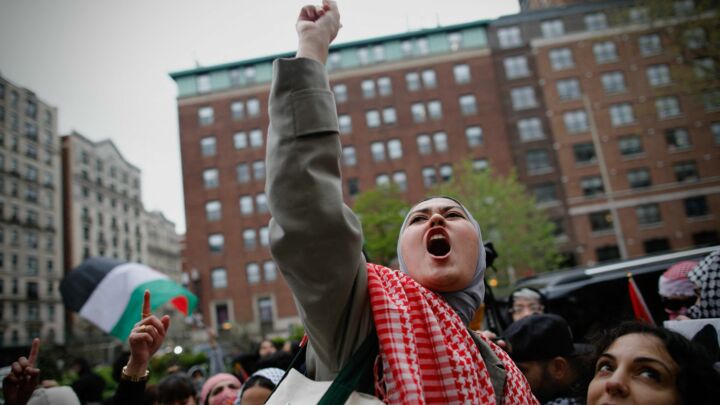
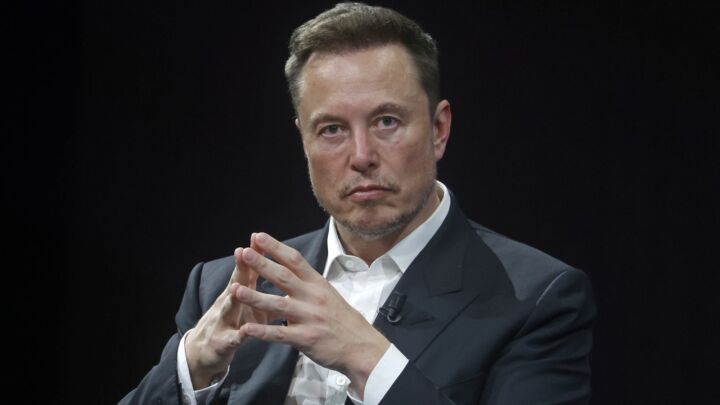
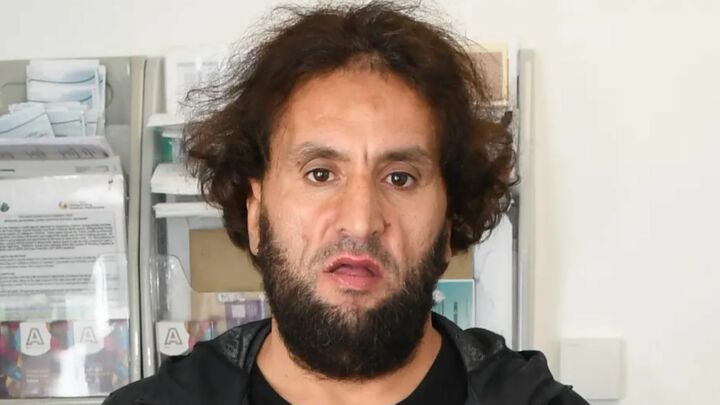
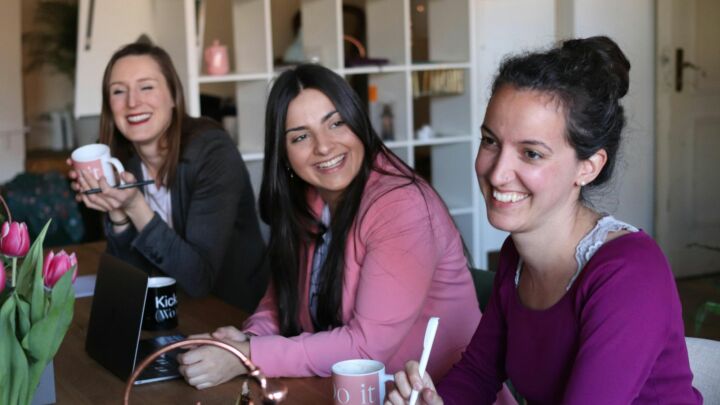


Comments
Want to join the conversation?
Only spiked supporters and patrons, who donate regularly to us, can comment on our articles.